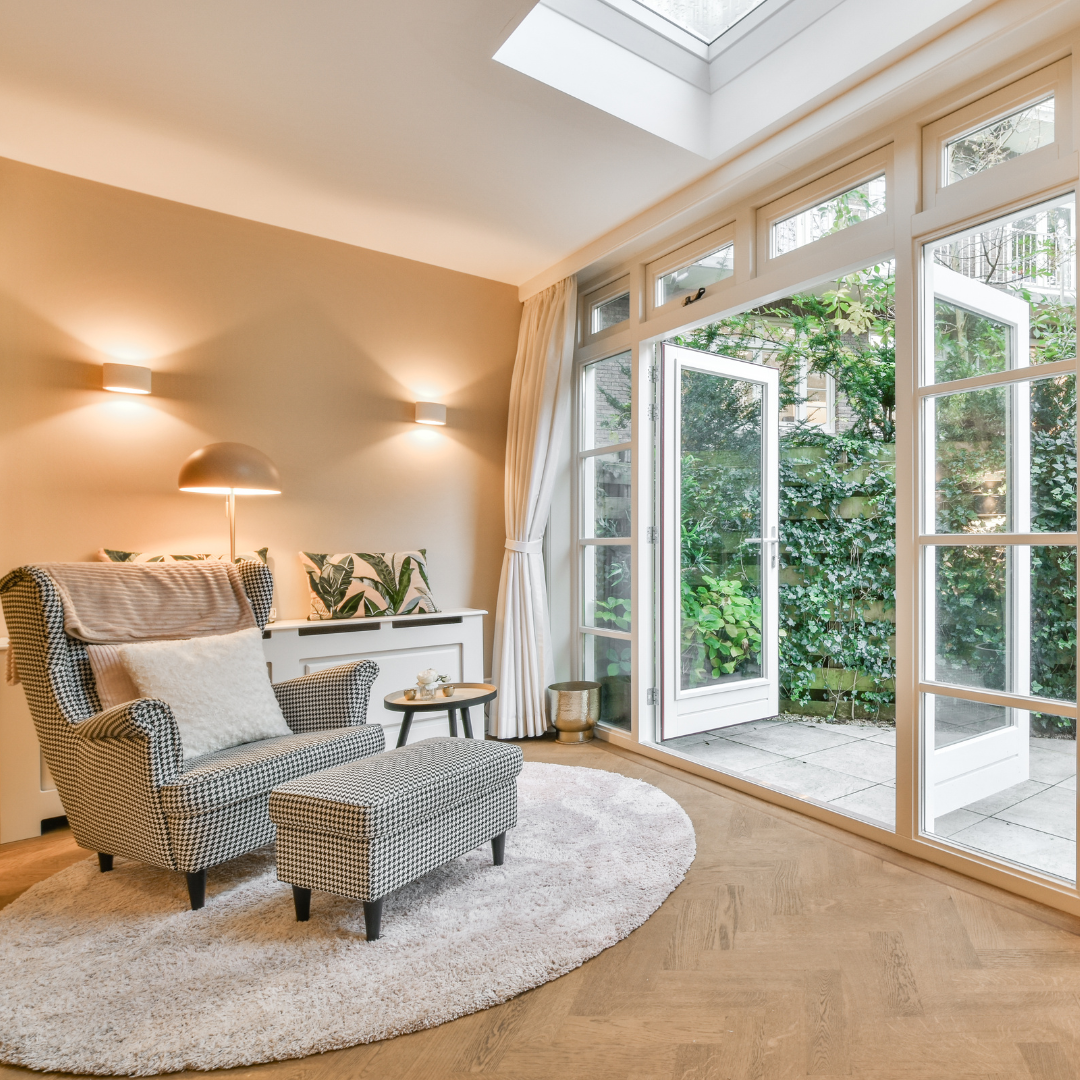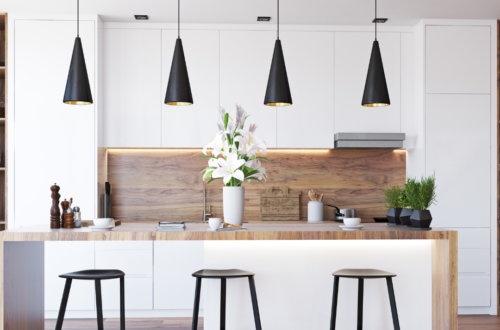Most houses are built with one person in mind, but single families aren’t the only types of homes that are smaller. Tiny houses are on the rise, and many people are turning to tiny living to save money, simplify their lives, or reduce their carbon footprint. However, tiny houses aren’t for everyone. Fortunately, the same design principles that make for great, big houses can also maximize the feeling of space in a small one.
If you’ve dreamed of owning a house in the country or on the shores of a lake, you should be careful about designing your plan. Designing a small or tiny house plan is often more difficult than doing so for a large house. While you may want to maximize space and functionality, you must ensure your small house plan is functional and pleasing to the eye. There are design elements that can make a tiny house plan feel huge.
Minimalism
Small house plans have gained popularity in recent years. These plans are meant to be functional and environmentally conscious and usually focus on using every inch of the living space. One design element that’s often incorporated into small house plans is minimalism. Minimalist design is all about giving your home an uncluttered, clean look. Being a minimalist doesn’t mean you have to throw all of your things away and start over. To have a minimalist interior in your house, you need to use design elements and materials that can make the house look spacious. To further elaborate, you can use light interior colors, have large windows for natural lighting, opt for alpharetta luxury vinyl flooring or another type available near your location, and use bright lighting fixtures to enhance the look of the room. These design specifications can bring more light into the house and color choices can create an illusion of the house being huge and clutter-free.
Clerestory windows
Building a home on a small lot isn’t easy. You may have to give up some features you want but can’t afford, like a large swimming pool or a backyard. However, there are ways to make your home feel bigger than you might think. Clerestory windows are one of the design elements that can make a tiny house feel more spacious. Clerestory windows let natural light in by opening up the space between the roof and the ceiling, brightening up your home.
The right floor plan
One of the ways to make your house seem huge is by choosing the right floor plan when building it. Open layouts are very popular in new homes today, and that feature isn’t going anywhere any time soon. Open floor plans are great for building efficiency and making the home feel bigger. However, there are some caveats to open-concept floor plans: they can be harder to keep clean and more difficult for family members to spread out in. You could click here to look at a few examples of different types of floor plans. But, as you’ll see in this blog post, there are ways to keep an open layout feeling cozy and warm, no matter its size.
Vaulted or Tray Ceilings
Vaulted ceilings are one of those things that instantly make a small house plan feel huge. They add a feeling of opulence to the home, rounding out the look and feel of a room. Vaulted ceilings also promote privacy and help keep the space open rather than boxed in just because you have a low, sloped ceiling. Vaulted ceilings can also make a room feel much smaller, so consider that when planning for your vaulted ceiling design. A vaulted ceiling is a cathedral ceiling that reaches the floor. All ceilings are sloped but often don’t reach the floor, while vaulted ceilings do. Vaulted ceilings can make a room feel much bigger, especially if you use larger furniture and a higher ceiling-to-floor ratio. It can also provide an expansive feeling in a room due to the additional height and give the illusion of even more space.
The same can be done by tray ceilings, which can act as a good alternative to a vaulted ceiling. A tray ceiling usually looks like a traditional 8-foot flat ceiling but with a center flat portion that is raised about a foot or so above the surrounding surface. Their best feature is that they give a feeling of spaciousness without creating draftiness or energy loss (as associated with vaulted ceilings). They can also help direct light and airflow in a room. Since they have recessed lighting and can accommodate ceiling fans, they allow better light and air distribution. Additionally, they can enhance the acoustics in a room by redirecting sound waves away from flat surfaces like walls, which can be especially helpful in rooms with hardwood or tile floors, where sound can bounce and echo. Lastly, they are cheaper to build and easier to maintain for homeowners than vaulted ceilings.
Conclusion
When it comes to small house plans, there are many elements to consider. Almost every building decision you make for a house will impact the rest of the design, and since space is limited in a small house, every element must be carefully considered. Here, we will look at eight design elements that can make a small house floor plan feel huge.






